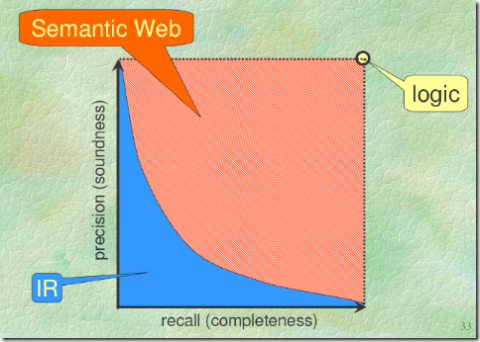What Is Your Dangerous Idea?
I worry that insight is becoming impossible, at least at the frontier of mathematics. Even when we're able to figure out what's true or false, we're less and less able to understand why [...]
or
[...] Those practical minded breeders will inherit the earth, as likeminded aliens may have inherited a few other planets. When they finally achieve Contact, it will not be a meeting of novel readers and game players . It will be a meeting of dead serious superparents who congratulate one another on surviving not just the Bomb but the Xbox. They will toast one another not in a soft-porn Holodeck but in a sacred nursery.
This are two short excerpts from the book "What is your dangerous idea" that I want to recommend to you. The book is a collection of maybe a hundred answers to this question from distinguished scientist in short 1-4 pages essays. If you are a scientist yourself, you'll not be too surprised by most answers, but almost all of the answers are well written, food for thought and a joy to read nonetheless.
You can also read all answers for free only at the edge website here - but its not the kind of stuff I would want to read on a computer.




